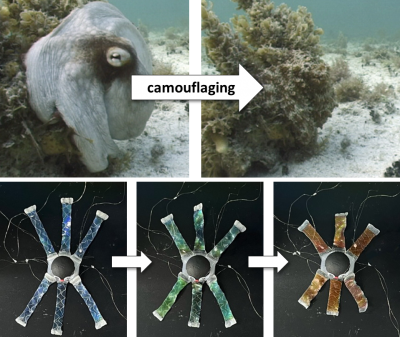URGENT UPDATE: A groundbreaking project is underway on Nantucket Island as scientists strive to combat Lyme disease by genetically engineering wild mice. This innovative initiative, led by Kevin Esvelt from MIT and Sam Telford from Tufts University, aims to reduce the transmission rates of this debilitating tick-borne illness affecting nearly 15% of Nantucket’s population.
In a stunning twist, the focus is not on the deer or ticks commonly associated with the disease, but rather on the wild mice that act as the primary carriers of Lyme bacteria. The scientists hope to interrupt the infection cycle by modifying the genetic makeup of these mice, making them immune to the disease. This approach marks a first-of-its-kind effort in genetic engineering and ecosystem management.
The urgency of this project cannot be overstated. Over the past 40 years, Dr. Timothy Lepore, the island’s only surgeon and emergency room head, has seen an overwhelming number of Lyme disease cases. “The natural disaster in our area is not hurricanes, or tornadoes, or earthquakes; it is Lyme disease,” he stated, underscoring the dire need for effective solutions.
Just weeks ago, Esvelt and Telford were spotted in the island’s brush, collecting ticks and studying the local mouse population. “There’s a 50% chance, maybe more, that this is actually carrying Lyme disease,” Telford explained, highlighting the critical role these mice play in the disease’s lifecycle. The plan involves injecting a gene that builds immunity to Lyme into mouse embryos, ensuring that future generations are born disease-free.
Residents of Nantucket are closely watching this pioneering endeavor. A public meeting last fall attracted community members eager to learn about the implications of altering the local ecosystem. While some expressed enthusiasm, others raised concerns about potential consequences. “Tinkering with the food chain makes me a little cautious,” noted one resident.
The scientists aim to release thousands of genetically engineered mice in controlled trials, beginning later this winter when the native mouse population is at its lowest. Esvelt emphasizes the importance of community involvement in this process. “We need to ensure that people have a voice, early enough, to actually influence the direction that the technology is developed,” he stated.
If successful, this innovative project could revolutionize how communities approach Lyme disease and potentially alleviate the suffering of countless individuals affected by this illness. The team is currently awaiting regulatory approval for their field trials, which could set a precedent for similar initiatives worldwide.
As the situation develops, all eyes are on Nantucket. This project not only represents a scientific breakthrough but also a pivotal moment in the ongoing battle against Lyme disease. For residents like Shauna Asplint, who has dealt with the long-term effects of the illness since childhood, the hope for a Lyme-free future is a powerful motivator.
Stay tuned for more updates on this remarkable intersection of science and community action.




































































